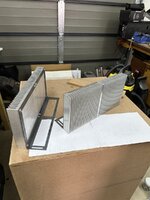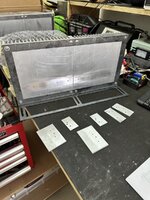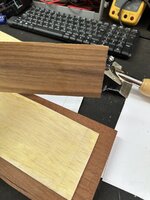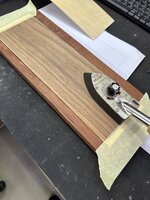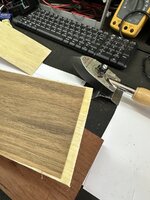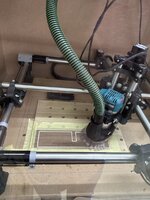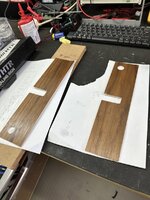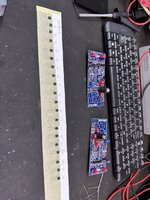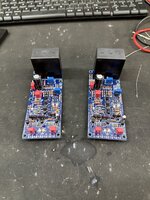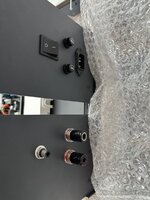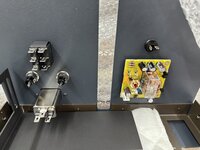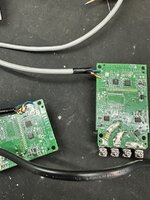kolakidd
Active member
This is going to be a cross-post slow build. Life is unpredictable and doesn’t allow a whole weekend of building anymore.
This build is dedicated to Mike. When I first told him I would be doing it and my reasoning, I got raised eyebrows, and I don’t think he bought my need for another amp. I will have his voice in my head and ensure every wire is equal in length
The Build.
So what is different about this build, and why am I doing it?
So here we go… Post 1.
A box of parts from Mouser, RS, and Mantech and a board from Canada.

A pile of bent 2mm steel
(I’ll share the design when I am done; for now, you can try to figure it out.)

Next steps
Addendum: Please don’t request updates. I don’t have much time, so I will be doing it between things.
This build is dedicated to Mike. When I first told him I would be doing it and my reasoning, I got raised eyebrows, and I don’t think he bought my need for another amp. I will have his voice in my head and ensure every wire is equal in length
The Build.
So what is different about this build, and why am I doing it?
- I will be using SMPS supplies*. Yup… you read that right. I am building a mono-block configuration with MicroAudio SMPS supplies. Sami has been super helpful in getting around the chip shortage and rustling me up a set. The choice of SMPS is based on efficiency and recent experiences in other projects. I feel like we have hit a point where a quality SMPS can compete with linear, and actually… energy efficiency… it’s a thing. Yes… I still have a bunch of amps that double up as excellent heaters in winter, so I am not about to go fundamentalist at any point. The enclosure design will also accommodate a linear switch if needed.
- Linear AF. I don’t want a completely linear system. I know the sound I like, but getting to that sound with every component contributing to its sound is difficult. My idea here is to build a system that is as linear as possible, where the significant contribution (I guess colouration) comes from the preamplifier. Why the preamplifier? I have many of them; they are easier and cheaper to build than speakers and amplifiers. I almost went class-d*and waited for Purifi’s new offering, but ultimately, I couldn’t. For me, DIY has to be more than just plugging boards into each other. The Wolverine, with good quality parts and matching transistors, matches the low distortion and linearity of class-d.
So here we go… Post 1.
A box of parts from Mouser, RS, and Mantech and a board from Canada.

A pile of bent 2mm steel
(I’ll share the design when I am done; for now, you can try to figure it out.)

Next steps
- The chassis went to powder coating today.
- The build will commence soon.
- SMPSs are in customs
- Having some milling work done on heatsinks.
Addendum: Please don’t request updates. I don’t have much time, so I will be doing it between things.

